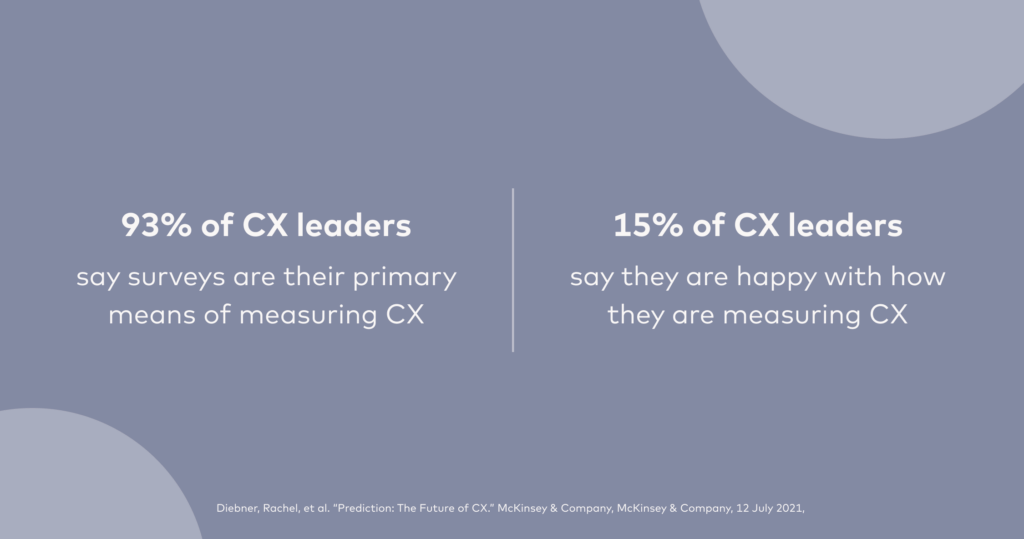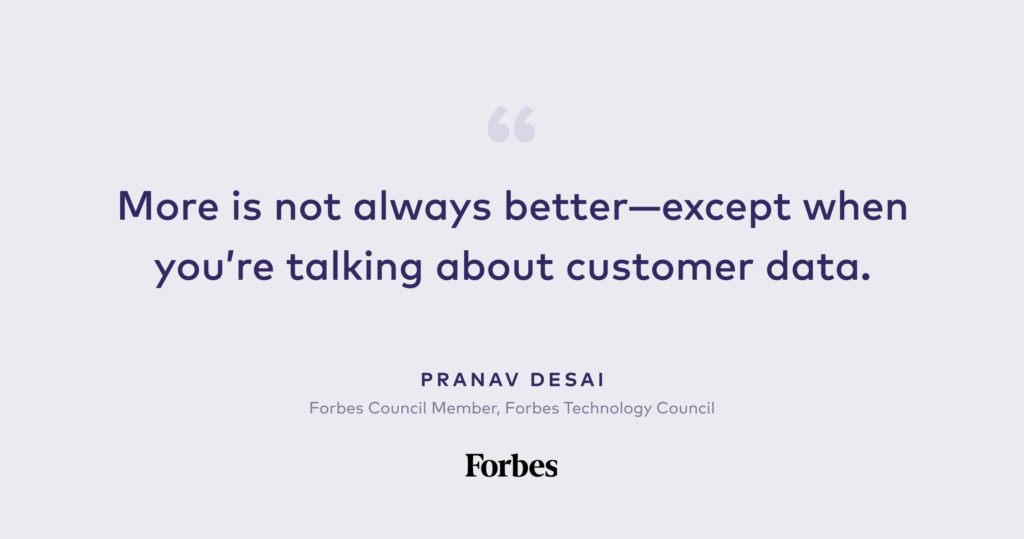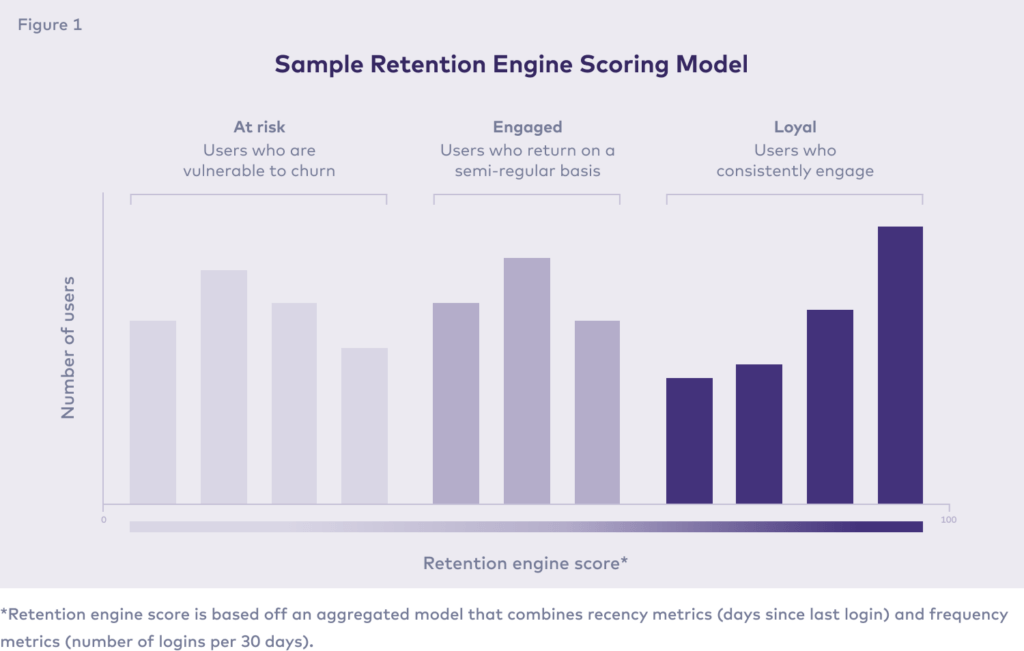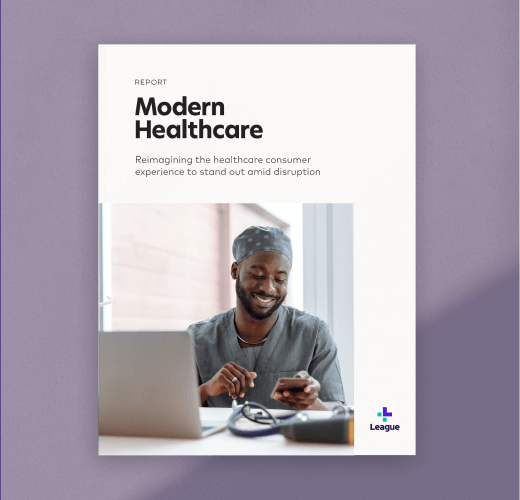Summary
- Traditional surveys offer limited insights; organizations must shift to predictive CX platforms that analyze behavior across entire populations.
- Advanced analytics allow healthcare payers and providers to measure ROI, personalize engagement, and refine health insurance member experience strategies.
- Data-driven insights support continuous improvement of the consumer engagement platform for health payers.
Surveys are out, predictive analytics are in
For decades, businesses across all industries have relied heavily on surveys to gather customer feedback. This feedback is important, as it provides insights into how products and/or services are being used and perceived by a target population. Until recently, businesses have exclusively relied upon surveys to guide organizational change and improvement. However, the limited data gathered from survey methods, like NPS scores, is no longer enough. Businesses need more data to identify problems and gain insights into their CX. This upgraded form of data collection will allow organizations to quickly improve their products and meet the rising expectations consumers now have around their digital experiences.
SURVEYS ARE INHERENTLY FLAWED WITH FOUR KEY PROBLEMS:
- Limited: A survey sample size is only a small segment of the overall population. This negates a business’ ability to create a holistic view of the population. It also has the potential to skew data toward those most likely to respond and what they are most willing to share.
- Reactive: Surveys occur after the fact. They are used to assess performance after a project or event is complete, meaning there are no real-time insights or actions.
- Ambiguous: Survey results must always be taken with a grain of salt. It is quantitatively irresponsible to associate correlation and causation, which means many results obtained from surveys are assumptions, not facts.
- Unfocused: It’s difficult to link survey results back to business objectives. In order to enact meaningful change within an organization, there needs to be a clear relationship between feedback and ROI.
When measuring the CX patients or members interact with, the more information the better. The future of healthcare CX measurement no longer relies exclusively on surveys but creates a comprehensive view of an entire user base. This starts with embracing new technologies that offer holistic, predictive and precise insights into an entire patient or member population.
This type of solution already exists; League’s healthcare CX platform responsibly and securely collects massive amounts of highly personalized data for every user. Not only can this data be used to power next-generation healthcare experiences for patients and members, but it also opens a whole new world of CX measurement possibilities. Healthcare organizations that acknowledge this change now and take action to reinvent the way they measure their CX will be at a distinct advantage when it comes to tying technology investments back to ROI and other business objectives.

Start with measuring behaviors
In order to move toward a predictive CX measurement model, a deep understanding of every patient or member is required. This starts with investing in a healthcare CX that connects data from across an entire healthcare ecosystem (i.e. claims, wearables, EHRs, etc.). With this level of personalized data, healthcare organizations can begin to segment their population into smaller subsets to analyze users’ actions and preferences. Members and patients are already telling us what they like and want through their digital behaviors. Now, we just need to find a way to measure it.
To reach this level of behavioral analysis, a technical infrastructure that connects all patient or member information in one place is a requirement. When all of this information comes together to coexist and work as one, advanced data tools can be leveraged to associate patient or member information with their digital behaviors. League’s healthcare CX platform does this via custom machine learning models and mapping patient information from the FHIR standard.
Customer-level data lake
Now, let’s dig deeper into the data side of things. Once an organization has invested in a technology solution with the ability to combine multiple data sources, a patient- or member-level data lake can begin to take form. This data lake is the solution to information fragmentation. It brings together all the member and patient information an organization already owns from touchpoints across the healthcare ecosystem and makes it accessible through a singular, centralized location.
Once this aggregated data lake is formed and the suitable models are in place, next-level tracking can begin. Now, healthcare organizations can monitor all user behaviors, interactions, transactions and operations across the entire digital health experience. Perhaps the biggest advantage this offers over the incumbent survey method is the shift in data collection from a select subset of respondents toward an entire user base.

Patient or member personalization based on predictive models
The future of CX measurement is highly dependent upon patient or member personalization. The data insights gathered on a per-user basis drive the personalized experiences that healthcare consumers desire. However, personalization is still reactive. Whereas the future is predictive. This means it’s time for healthcare organizations to take a step forward in delivering digital health experiences.
As an example, League’s data team has created a predictive model that indicates which users are likely to re-engage with its platform. With this type of model in place, organizations can identify at-risk users early and intervene before they’ve disengaged completely. See below for more insights into League’s retention engine.

Based on Figure 1 above, the “at-risk” population, made up of users at risk of churning, is identified by the machine learning model. Once identified, organizations can focus targeted, personalized efforts on this subset of users to encourage re-engagement and combat churn.
Measuring healthcare CX with a predictive CX platform
A shift toward predictive analytics allows healthcare organizations to benefit from more than just patient or member personalization. With the right predictive CX platform, you can measure problems in real-time and offer timely solutions to members and patients.
Healthcare organizations can harness predictive insights to connect with customers, anticipate behaviors and identify CX issues in real-time. In essence, by monitoring changes in user volume and behavior, organizations can get ahead of potential problems and identify the needle in the haystack before it becomes a widespread problem. This removes frustration caused by surveys that only unveil systemic problems when they are too late to fix.
Tie CX investments directly back to ROI
Behavior measurement, data analysis and personalization capabilities associated with a predictive CX platform drive meaningful insights into the member and patient experience. But, a CX platform can also be used to inform KPIs and drive business objectives. With advanced machine learning models in place, organizations unlock the ability to produce predictive scores that identify not only customer satisfaction levels but also value outcomes for the business.
This means outcomes and insights around metrics like revenue, patient or member loyalty and cost-to-serve can be identified via real-time analytics. With this information available, organizational leaders can draw clear lines from their CX investment to its ROI. Platforms with predictive capabilities create a quantifiable, accurate view of what is propelling positive patient or member experiences and relate them back to business performance. This opens the door to link CX performance directly to business value.
Embrace the future of CX measurement
Healthcare provider and payer organizations need to begin the transition toward a predictive CX platform now. With the ability to tie technological investments back to ROI and other bottom-line business objectives, healthcare organizations that make the switch to a CX platform will be able to test, iterate and see meaningful results on an accelerated timeline.
Now is the time to plan for the future. Leave outdated survey strategies in the past and embrace the predictive future of healthcare.

Modern Healthcare
Explore how to reimagine your healthcare CX strategy to stand out amid disruption.
